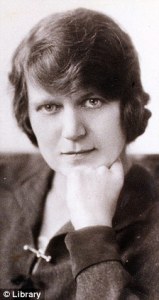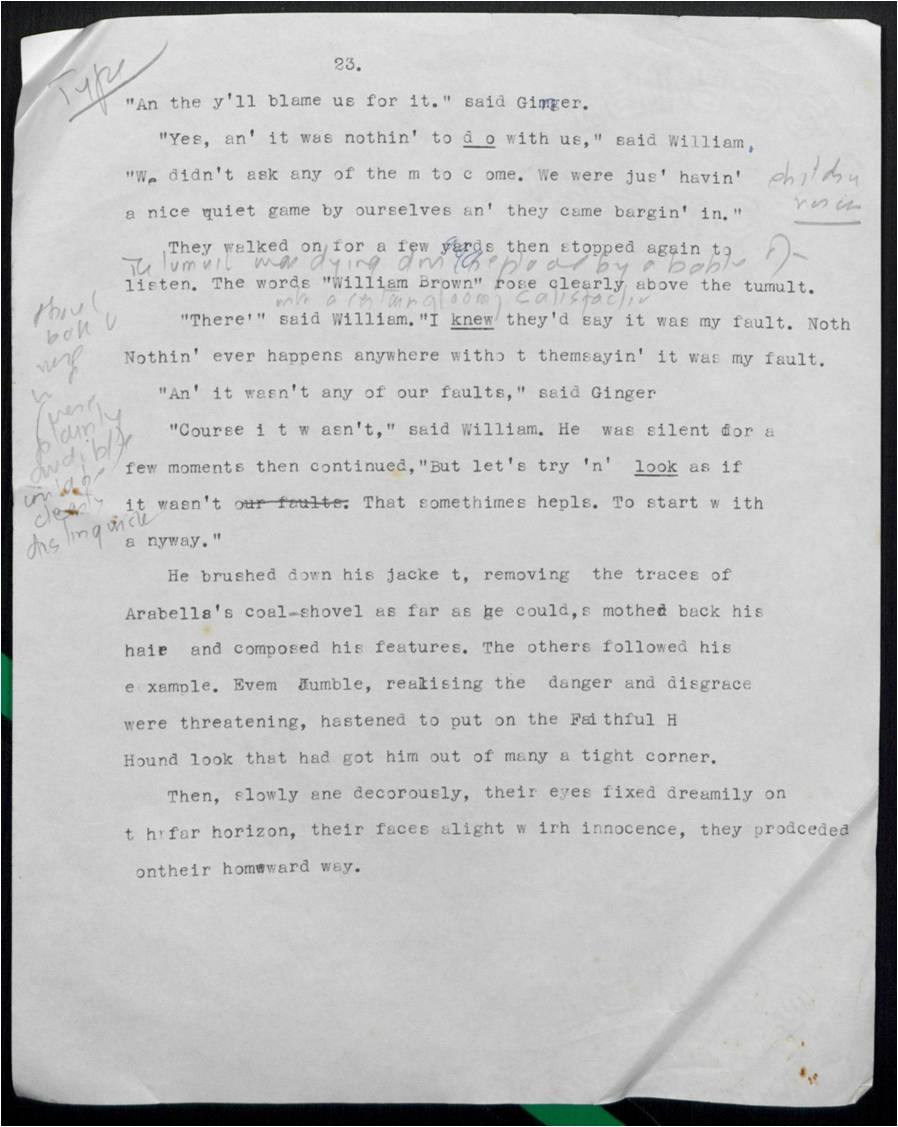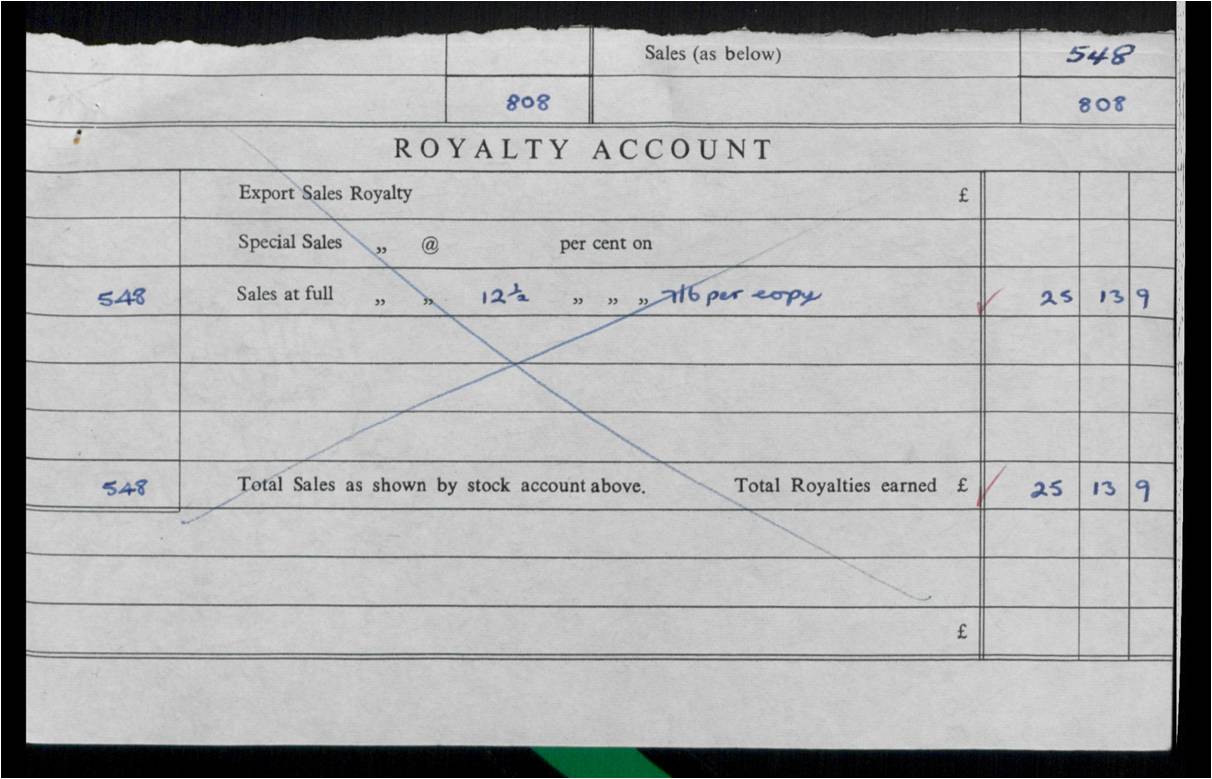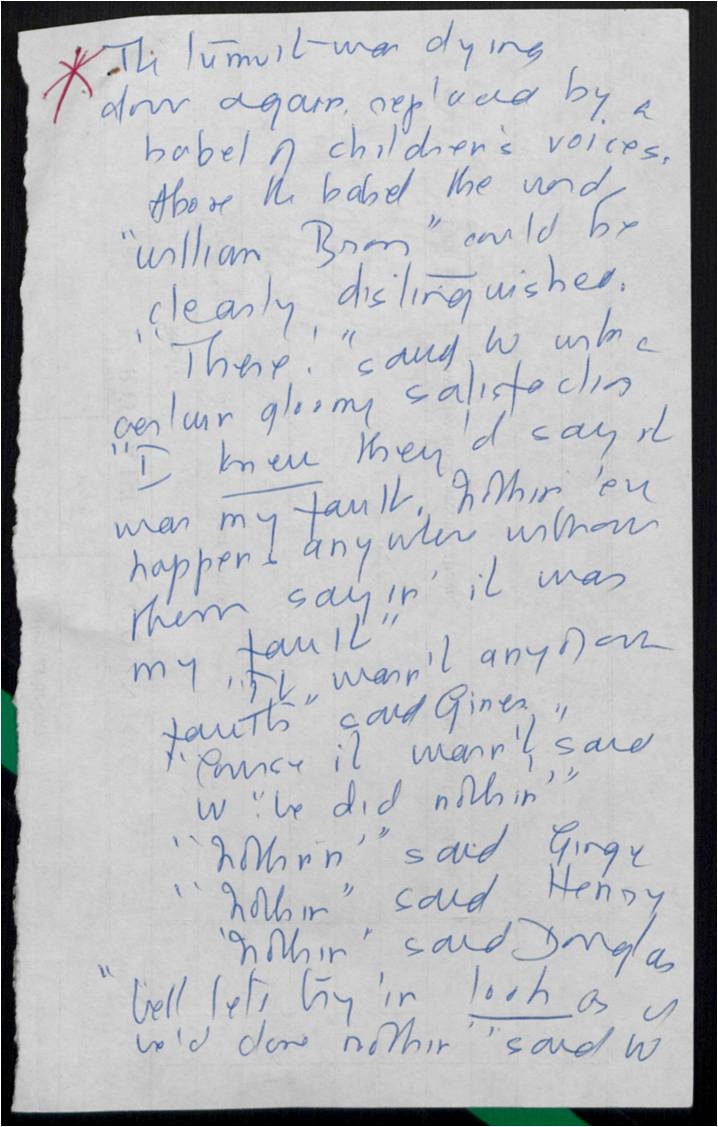I was delighted to see an article by Dr Sara Lodge on Richmal Crompton’s novels in the latest Persephone Biannually, published by Persephone Books. I certainly agree that she writes about frustrated women, neglected children and bad writers. Some of her characters who are writers are very funny too, especially when they feature in the Just William stories.
Frost at Morning (1950), published by Bello, is concerned with what happens to children when they have to spend time away from their parents for various reasons, such as divorce, when a parent remarries and when they are adopted. These children wonder whether they are loved at all. It is not a family saga and questions the nature of family life and what happens to these children as they grow up. How do childhood experiences have an impact on their life?
Family Roundabout (1948), published by Persephone Books, is an enjoyable family saga in which two matriarchal figures dominate. Crompton’s early Wildings trilogy is worth reading too: The Wildings (1925), David Wilding (1926) and The Thorn Bush (1928).
http://www.persephonebooks.co.uk/richmal-crompton/
https://www.panmacmillan.com/authors/richmal-crompton/frost-at-morning/9781509859542







